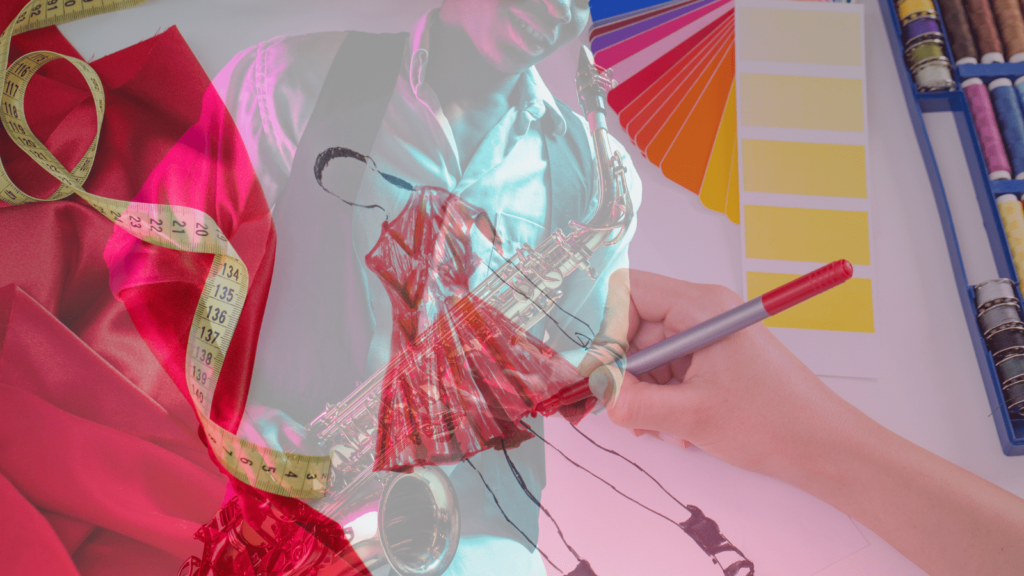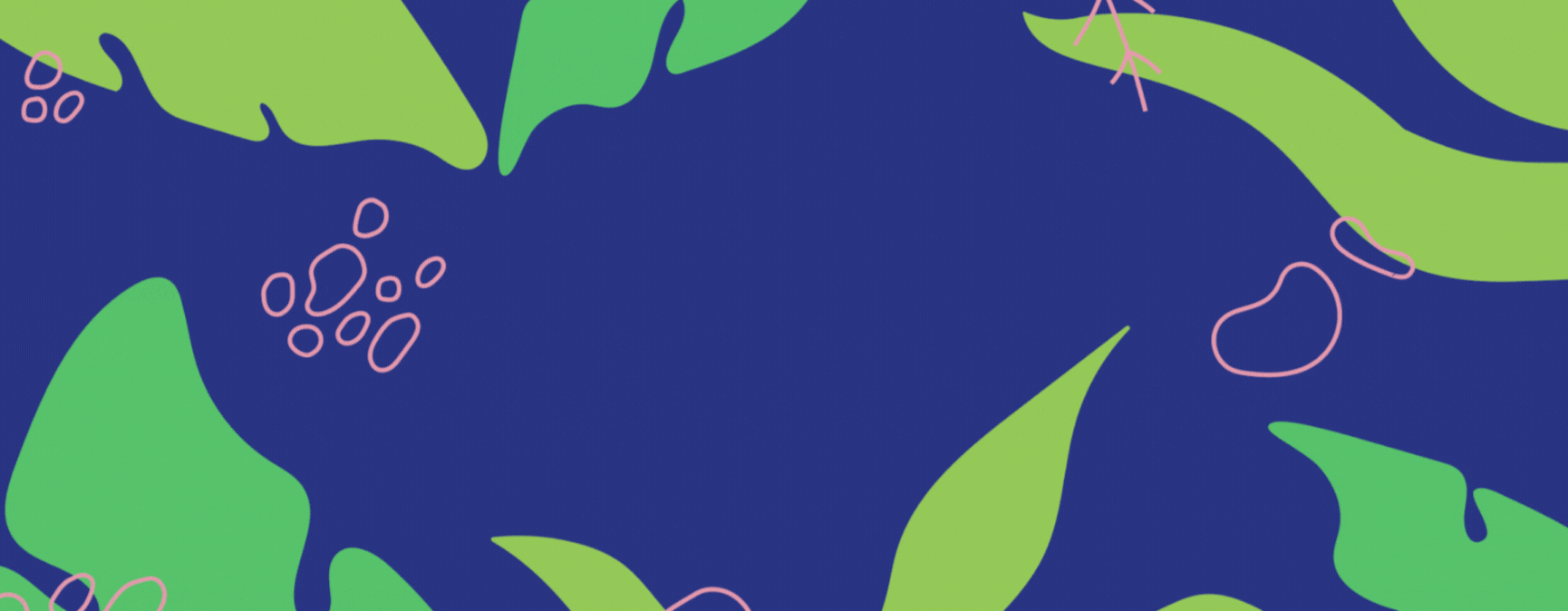At first glance, design and music might seem like very different creative disciplines—one visual, the other auditory.

But dig a little deeper, and you’ll find that both designers and musicians are engaged in solving similar problems: how to evoke emotion, tell a story, and create something that connects with people.
When these two worlds intersect, the creative cross-pollination can be powerful. Here’s what designers can learn from musicians—and what musicians can take away from design thinking.
Rhythm and flow matter
In music, rhythm gives structure and keeps listeners engaged. It guides the journey from verse to chorus, from build-up to drop. Similarly, in design, rhythm creates visual consistency and helps guide the viewer’s eye through a layout. Designers can learn a lot from musical pacing—when to create tension, when to pause, and when to hit the high note.
Musicians, on the other hand, can benefit from thinking like a designer when composing. Visualising the flow of a track—almost like a storyboard or a user journey—can help structure songs in more engaging ways.
Harmony and contrast
Musicians often think in terms of harmony and contrast. A soft vocal over a gritty beat, or a dramatic key change that shifts the mood—these choices make music memorable. Designers use similar tools: pairing bold type with minimalist space, or mixing colours for contrast and harmony.
Designers can ask: what’s the visual equivalent of a chorus? What’s the ‘hook’ of this layout? Musicians might consider the visual aesthetics of their work, from album art to stage design, as part of the creative package—not just an afterthought.
Collaboration is key
Great albums are rarely made in isolation. Producers, instrumentalists, sound engineers—they all play a role. Similarly, most design projects involve collaboration across teams: writers, developers, clients, and more.
Both musicians and designers can learn to embrace feedback loops, jam sessions, and shared ideation. Sometimes, the best ideas come from unexpected corners.
Iteration and experimentation
Musicians often record multiple takes, layer different versions, and remix tracks to discover what works. Designers prototype, revise, and tweak endlessly. Both disciplines thrive on iteration.
One takeaway for both: don’t fear the mess. The first version is rarely the final one, and sometimes the magic only shows up after the 10th draft—or the 30th.
Storytelling through structure
Every great song tells a story, whether it’s a three-minute pop banger or a sprawling jazz composition. The same goes for design—whether it’s a website, a logo, or a poster, there’s a story to be told.
Designers can learn from the way music builds narrative through sound. Musicians can be inspired by how visuals can set a tone before a single note plays. When these elements work together, the impact is multiplied.
Whether you design logos or write lyrics, the heart of creativity lies in curiosity and connection. Musicians and designers may use different tools, but they face similar challenges: how to communicate, how to surprise, how to move people.
By borrowing ideas across disciplines, creatives can expand their toolkit—and maybe even discover new ways to express the inexpressible.



